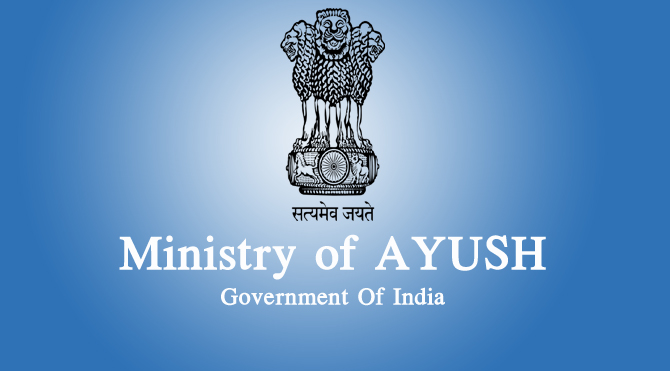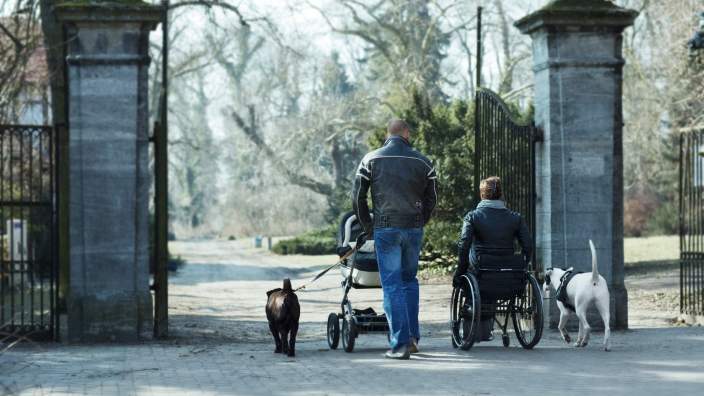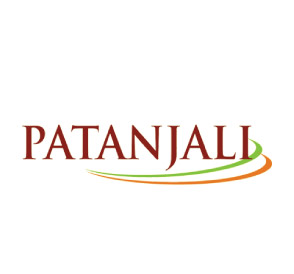
Dr Anil Kumar Varshney, Director Urology, Max Healthcare, New Delhi, in conversation with Shahid Akhter, ENN, discusses the advent and progress of lasers in Urology
When did laser enter the medical mainstream and more precisely, urology ? When did it arrive in India ? Lasers are an invaluable technology and in medical devices, it has several applications. It can be put to a wide range of use, which may vary from eye care to sophisticated surgeries. It was Einstein who first thought of stimulated emission and the first laser was developed in 1960 by Theodore Maiman. It was in 1966, when Parsons thought of using it in animal bladder. Lasers have come a big way in surgical therapy of benign enlargement of the prostate (BEP). Holmium Laser enucleation of the prostate represents a paradigm shift in the endoscopic management of benign prostatic hyperplasia (BPH). Holmium Lasers were first introduced in India in 2000.

How has high-power holmium laser influenced the practice in Urology ? High-power holmium laser has revolutionized the practice of urology in ther last three decades. Earleir open surgery was the dictum. ECSW lithotripsy was the first major advance, and then 1996 witnessed the advent of lasers. The introduction of holmium laser was a major boon to the armamentarium of the urologist. It has proved to be the most multifunctional urological tool for treating a wide range of conditions from all kinds of stone, prostate, tumors to strictures. With increasing number of patients with large prostates, patients on anticoagulants and patients demanding minimally invasive treatment, the need for the laser is on the rise. This laser has revolutionised the BPH and stone disease treatment.
What are the applications of high-power holmium in urology ? High-power holmium laser is a good standard treatment for a host of diseases from the kidney to the ureter to the urethra. Holmium laser has a specific role in enucleation of prostate. The largest I have done is a prostate weighing 539 grams. Holmium laser is the endoscopic equivalent of open surgery. There is complete enucleation without blood loss. No blood transfusion is required and there is no cut. You can discharge your patient in 1-2 days. It can also treat all kinds of stones. It can be combined with RIRS in complex kidney stones. It is flexible and can reach any part of the kidney. Soft tissue diseases can also be treated with holmium laser. These tumours of the bladder, kidney and ureter, urethral and ureteral strictures, diverticulum and PUJ obstruction. It is also used in interstitial cystitis, a very stubborn disease. You can fulgurate the ulcers with high-power holmium laser. Hence, this laser will only strengthen the armamentarium of the urologists as it is one laser, which has multiple applications.
How does the high power holmium laser compare with other lasers ? The Lumenis 100-Watt holmium laser offers more than 200 combinations of different laser settings. Different permutations and combinations of energy and repetition rate are thus possible and you can choose the energy and the frequency according to your need. The unique power settings allows for a high frequency of 50 Hz, which in combination with high pulse energy pulverizes the hardest of the calculi into small fragments. It plays a versatile role in treating all kinds of stones. 4 generator laser engines is another USP of the system which is not available with any other laser. In addition, this laser is time tested. All over the world this technology has been sued for more than 15 years. Lumenis 100 Watt Holmium Laser is undoubtedly the most precise and efficient tool in urology practice.

How do you foresee the future of high-power holmium laser as a technology in urology? High-power holmium laser has a huge potential to replace all other lasers. There are around 250 holmium laser installations in India. There is a lot of demand for this laser worldwide. This technique has stood the test of time and is here to stay.
The increasing number of patients with large prostates, patients onanticoagulants and patients demanding minimally invasive treatment, the need for the laser is on the rise
What are the basics steps one should take to achieve the best results? Before initiating the procedure, the urologist should consider a detailed cystoscopic examination to uate the following: Anatomy of the prostate prostatic anatomy varies from patient to patient and the technique is modified accordingly. Identification of landmarks “ sphincter, verumontanum, bladder neck and ureteric orifices. Identification of proximal and distal margins of the gland. It is also important to uate the length of prostate gland at 6o clock and 12 o clock position, especially in large glands.
What are the indications of bi-lobed and tri-lobed techniques? The classical three lobe or tri lobar technique is the standard technique for enucleation of prostate. Initially, the urologist should always prefer trilobe technique. The bi-lobed technique should be used only when there is no median lobe or when the surgeon has mastered the enucleation techique.How does one identify the capsule and how to remain in the capsular plane ? The surgical capsule is the landmark of the HoLEP technique. It is identified as the circular fibers running transversely. It is a fixed structure and can easily be distinguished from prostatic adenoma which mostly gives a cotton wool appearance in the endoscopic view. The biggest challenge in initial cases is to remain in the right capsular plane. It is very common to go superficial leading to incomplete removal and sometimes too deep into the capsule leading to perforation. To avoid this, initially we should always define the depth of enucleation in each incision. Later, we should always move from the defined area to an undefined area in small movements of 1 cm length.
How about the bleeders ? Haemostasis can be obtained by defocusing the laser fiber few millimeters from the bleeders and by adjusting laser energy by increasing the Joules and decreasing the frequency.
Please tell us about the workshops and young urologists trained by you. I have trained over 300 urologists in the country. Often we organize workshops where we use stimulators to train the young urologists. The next session is scheduled in June 2014. We have invited urologists from South East Asia and other countries to participate.
Be a part of Elets Collaborative Initiatives. Join Us for Upcoming Events and explore business opportunities. Like us on Facebook , connect with us on LinkedIn and follow us on Twitter , Instagram.












